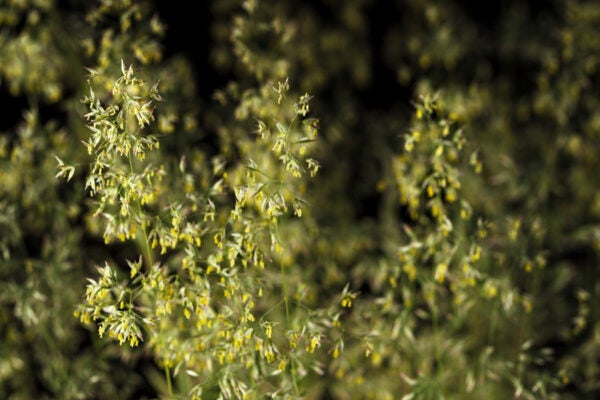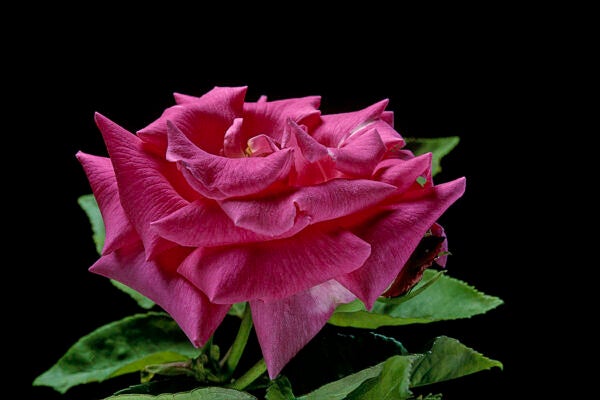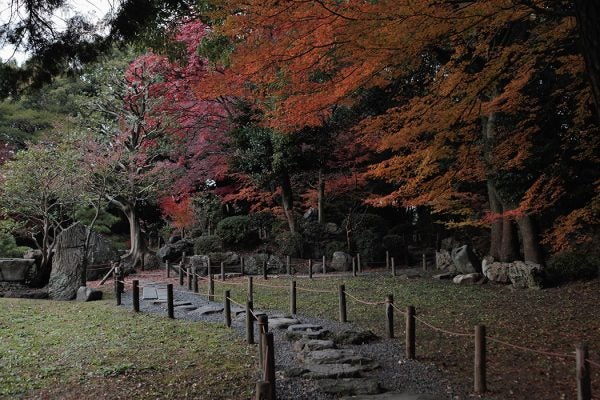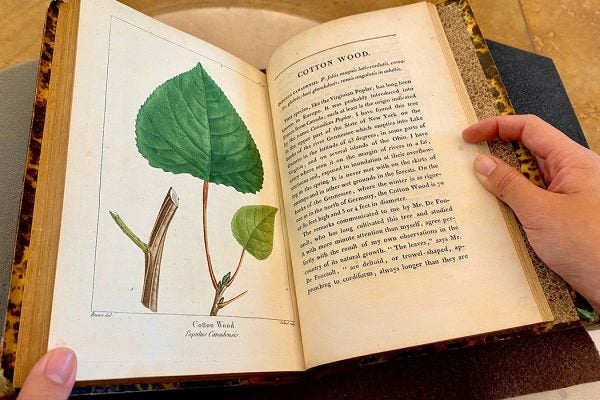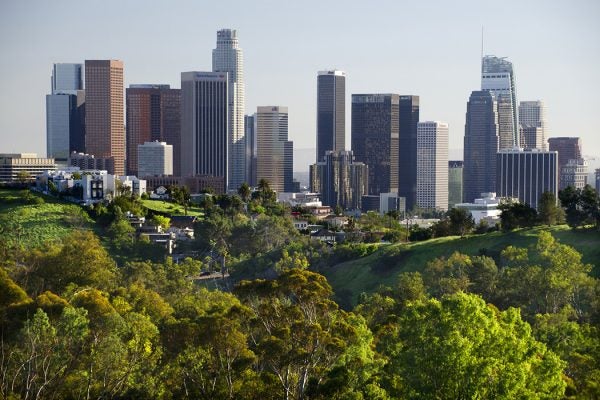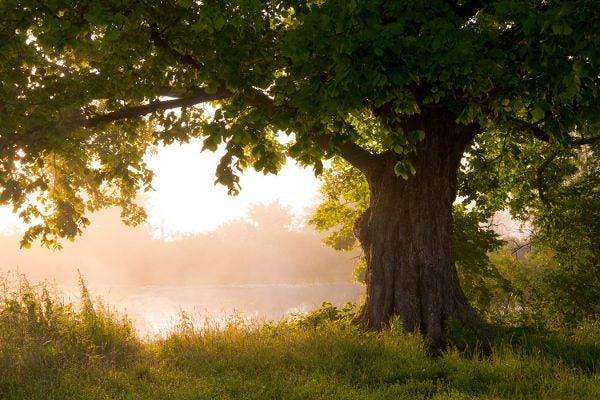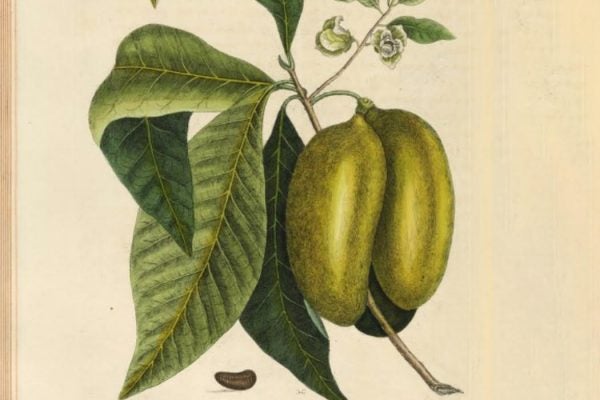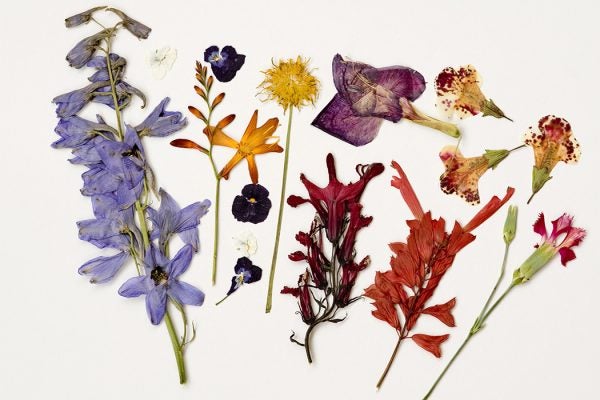A Most Opportunistic Colonizer
Poa annua is a unique grass species now thriving on every continent—including Antarctica. Wherefore its wanderlust?
What Do Gardens and Murder Have in Common?
Writers have long plotted murder mysteries in gardens of all sorts. What makes these fertile grounds for detective fiction?
Plant of the Month: Frangipani
An ornamental plant whose white flowers hang over graveyards and temples in Southeast Asia presents complicated questions on national belonging and religious identity.
Sacred Trees in Japan
In the modern city of Tokyo, mature forests and trees form a spiritual bridge between past and present.
Plant of the Month: Poplar
Poplar—ubiquitous in timber, landscape design, and Indigenous medicines—holds new promise in recuperating damaged ecosystems.
Restoration in the Heart of the City
Green-Wood cemetery in New York City is also a site of urban grassland management and restoration, an effort to mitigate its contributions to climate change.
How to Plant Trees in the City: It’s Complicated
Trees in cities have the ability to sequester carbon, provide shade, and mitigate flooding. But no one tree fits all environments.
What Does a Tree See?
A hundred-year-old red oak in a Massachusetts forest told a writer and a team of scientists secrets about change over time.
Plant of the Month: The Pawpaw
The pawpaw is finding champions again after colonizers' dismissal, increasing globalization and economic needs.
Which Flowers Bloom First and Why?
A massive collection of dried flower specimens demonstrates that climate change disrupts the timing of spring blooms.
